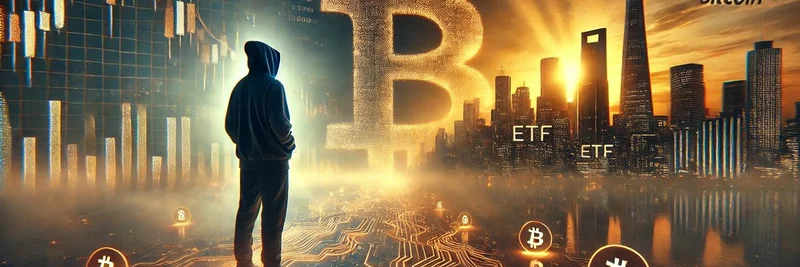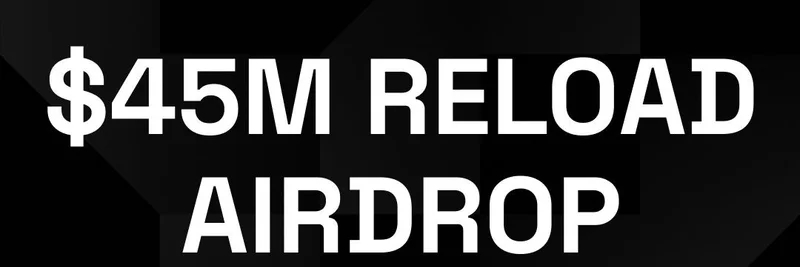In the fast-paced world of cryptocurrency, narratives shape how we see market movements. A recent X thread kicked off by Jordi Visser from 22V Research has everyone talking about Bitcoin's current consolidation phase. Visser shared his Substack article, Bitcoin’s Silent IPO: Why This Consolidation Isn’t What You Think, framing it as a quiet liquidity event where early holders—those OG investors—are cashing out methodically.
Think of it like this: Bitcoin didn't have a traditional IPO because there's no company behind it. But the economics still play out. Early adopters who bought in at rock-bottom prices are now selling into a market flush with liquidity from things like Bitcoin ETFs. It's not a sign of weakness; it's a natural transition from concentrated ownership to a more distributed base, making the network tougher and more resilient over time.
Jeff Park, CIO at ProCap BTC, chimed in, calling it a great read. He pondered why these OG sellers are acting now, beyond just locking in profits. These folks saw Bitcoin's potential when no one else did, betting big on what seemed improbable. So, the risks they're now hedging might be the very things that could supercharge Bitcoin's future—stuff that's still non-consensus and existential.
But then MartyParty, a crypto commentator and macro analyst, dropped a counterpoint that's got people rethinking the whole seller narrative. He argues that if your evidence for massive Bitcoin selling comes from unregulated, opaque centralized exchanges, you're probably being gaslit. Instead, he points to a bigger picture: Bitcoin's price has been steadily marked up since the start of 2024, thanks to strategies from players like Mirana and BlackRock.
For the uninitiated, "markup" here means pushing the price higher in a controlled way, often as part of a shift from debt to hard assets. Short-term, sure, there's profit-taking after each surge. But MartyParty says this is mostly orchestrated by futures exchanges, who use bullish stories to lure in traders and then harvest their liquidity—basically, shaking out the weak hands.
Looking longer-term, he predicts a series of accumulation and re-accumulation phases, drawing from the Wyckoff method. Wyckoff is a classic technical analysis framework that describes how big players accumulate assets quietly before big moves up. As quantitative tightening (QT)—that's the Fed reducing its balance sheet—winds down, the U.S. Treasury could step in, buying Treasury bills and issuing stablecoin liquidity. This, MartyParty says, will keep marking up Bitcoin's price.
He declares the old "four-year cycle" and heavy seller narratives dead. We're entering a new era until 2030: a sovereign monetary transition. Bitcoin is building the base layer for digital credit, where debt is backed by hard assets like itself. It's a profound shift, turning crypto from speculative plays into foundational economic tools.
This perspective resonates in the thread's replies. Quantum Age Capital loves the take, feeling like the future of money is being built brick by brick. Another user, SCRJR, backs it up with on-chain data from analyst _Checkmate, showing real sell-side pressure from holders—but tying it back to independent evidence beyond centralized exchange games.
What does this mean for meme tokens? At Meme Insider, we track how broader crypto trends ripple into the fun, community-driven side of blockchain. If Bitcoin's stabilizing as a sovereign asset, it could create a more predictable environment for memes to thrive. Less wild swings mean more room for narrative-driven pumps, especially as liquidity from stablecoins flows in. But watch out—futures farming could still hit alts hard in the short term.
Overall, MartyParty's thread is a refreshing pushback against doom-and-gloom stories. It reminds us that crypto's evolution is about more than daily price action; it's a rewrite of global finance. Check out the full thread on X and dive into Visser's article for deeper insights. As always, this is education, not financial advice—do your own research in this dynamic space.



